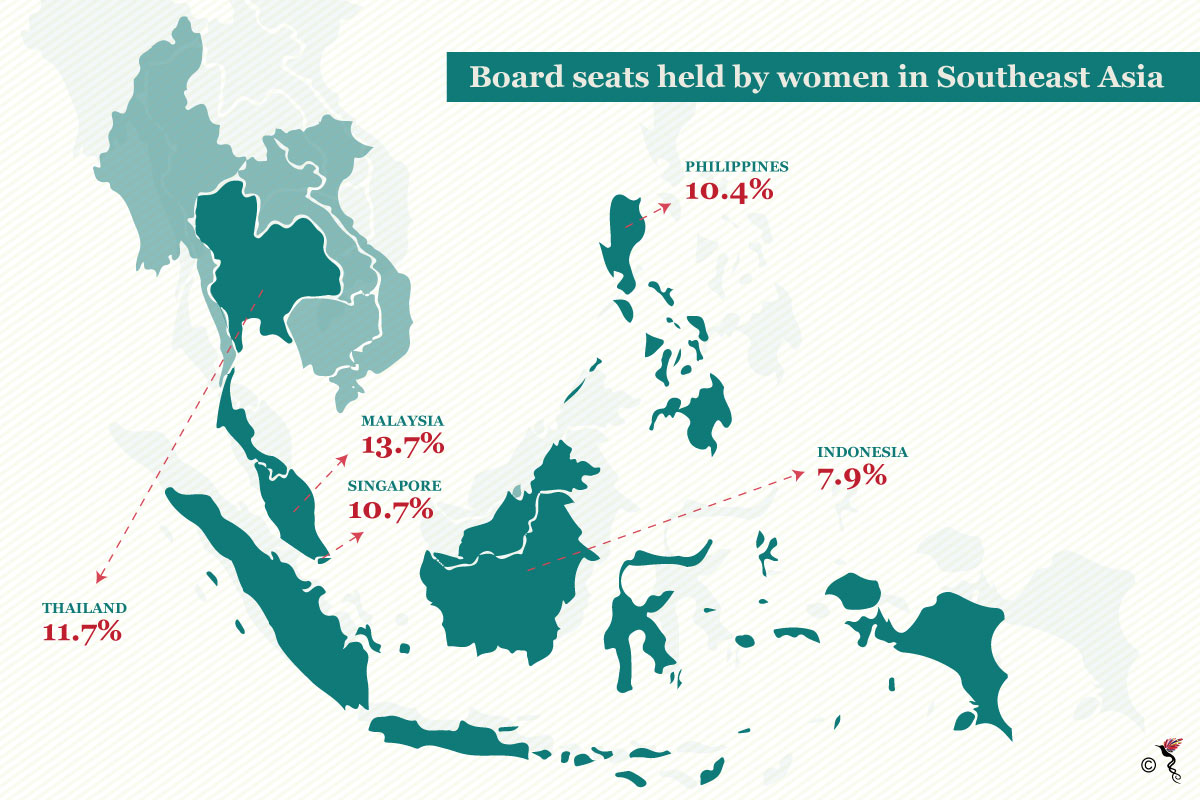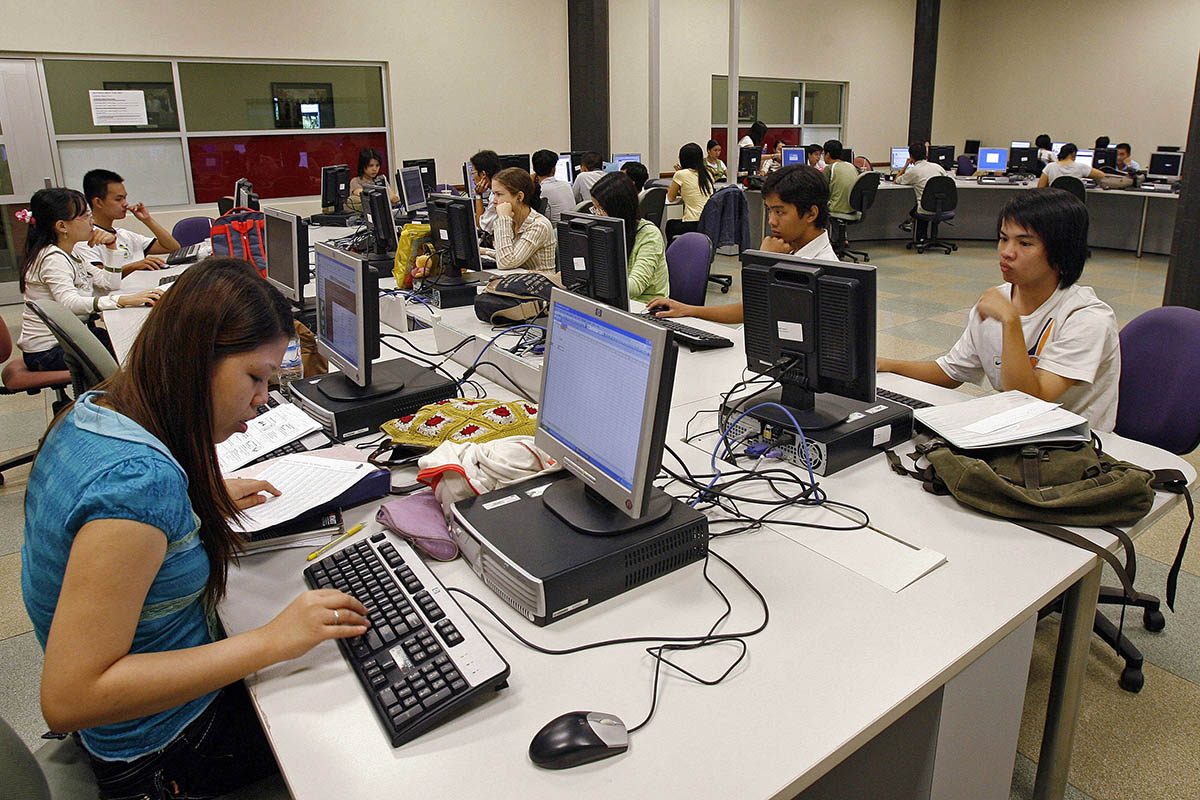According to a recent report, Vietnam seems to have a bright future for gender diversity in the Southeast Asia region as there is a higher illustration of women serving as board of directors and chief executive officers in comparison to Malaysia, Indonesia and Singapore.
The Boston Consulting Group (BCG) reported that some 25 percent of CEOs on board of directors in Vietnam are women. Currently, women hold 14 percent of CEO or board level positions in Malaysia and 10 percent in Singapore. Indonesia came in last among the four countries, at six percent.
The majority of Southeast Asian companies with women on the board still make up a small number despite a miniscule year-to-year increase.
The reasons which contribute to low levels of representation of women in the boardroom across ASEAN (Association of Southeast Asian Nations) include deep-rooted corporate culture, long working hours and household responsibilities, particularly in raising children.
Additionally, the BCG report also found that more women in Vietnam are “also hoping to be promoted” after surveying more than 2,000 employees.
At the moment, Malaysia has the biggest proportion of female respondents that intend to not leave their current positions.
This is because there are various beliefs around the discourse of promoting women in the boardroom. These being mostly misconceptions, include that company growth and transformation are more urgent priorities compared to promoting women.
According to Bloomberg, Ian Grundy of Switzerland-based employment firm Adecco Group AG, the world’s largest provider of temporary workers said that "women in Vietnam lead or own many SMEs and large enterprises which provides positive, visible and diverse role models to other women.”
An earlier study by Deloitte this year noted that 17.6 percent of board members in a survey of 50 Vietnamese companies were women. This statistic proves that it is double of Asia’s average of 7.8 percent as developed nations like Taiwan, South Korea and Japan ranked amongst the lowest in Asia.
Board members in other Southeast Asian countries such as Malaysia and Singapore comprised of 13.7 and 10.7 percent of women, respectively.

Percentage of women on boards in five ASEAN countries. Source: Deloitte Global’s Women in the Boardroom: A Global Perspective.
“Emerging countries outperform developed countries in Asia in women’s representation on company boards,” said Adecco’s Grundy. “Vietnam’s progress in gender diversity is partly due to measures by government and businesses to retain and grow female talent,” he said.
"Having said that, it is important to remember that Southeast Asia still lags behind Europe and North America," said Grundy. "And globally we are still some way from achieving optimal gender diversity, which means there is continued effort required from all stakeholders in the region."
On a larger scale, recent research from Citigroup Inc. also found that the GDP in advanced economies could grow by 6 percent if gender equality in the workforce is pursued which is an imperative economic benefit.
If Southeast Asian countries can commit to the recently adopted Action Agenda on Mainstreaming Women’s Economic Empowerment (WEE) in ASEAN, the entire bloc will be able to benefit from it economically.
The Action Agenda aims to bolster Women’s Economic Empowerment through innovation, trade and inclusive business, and human capital development by encouraging each ASEAN Member State to carry out actions in support of the agenda.
Some key “actions” in the agenda include the promotion of women's participation and skills development in science, technology, engineering, arts and mathematics (S.T.E.A.M), increasing women representation and leadership roles in the workforce and encourage public and private sector collaboration to create more opportunities for women in business.
There is no doubt that increasing labour participation, hours worked and productivity to parity will be a massive challenge for women who play multiple roles in the society. However, with the willingness and readiness to work towards this vision, women in this region are already in the right direction.
Recommended stories:
